Best Holiday Rewards: Digital Gift Cards for Employees, Clients, and Coworkers
Holiday digital gift card ideas for employees and clients, and how Assembly makes sending rewards effortless.


Encourage collaboration and teamwork with a recognition program that is effective and enjoyable!
Book a demo now to take advantage of some incredible offers!
See 25 real company values examples and learn how to define your own core values that drive culture and performance.
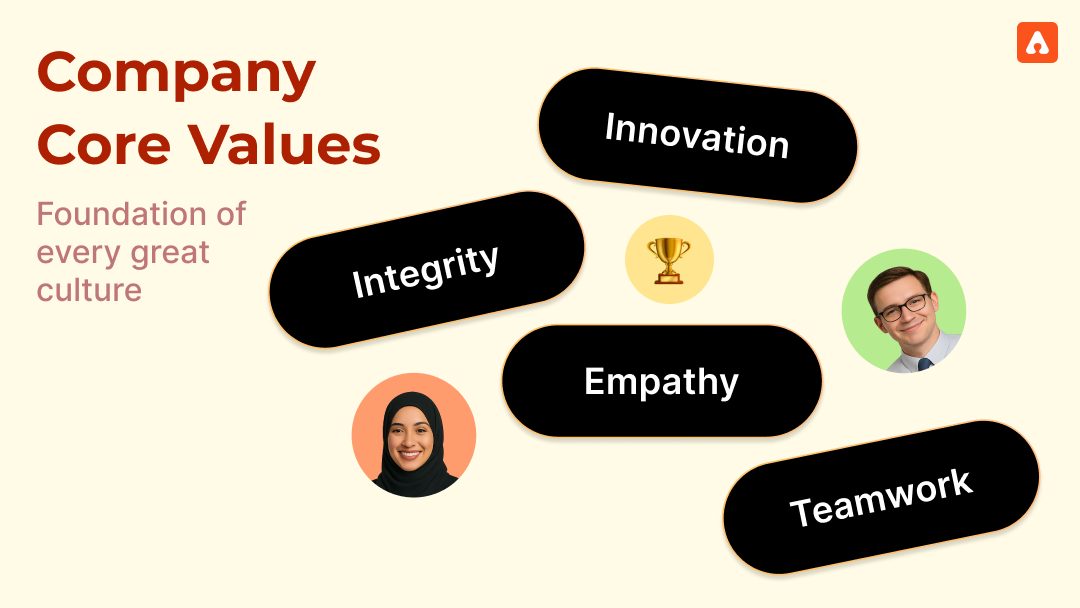
According to Gallup, only 27% of employees strongly believe in their company’s values, and just 23% say they can apply those values in their daily work.
That means three out of four employees don’t see their company living the values it promotes.
Why does this gap exist?
Because for many businesses, company core values are declared, not demonstrated. Leaders define them once and move on. But values are meant to guide actions, influence decisions, and build consistency across every level of the business.
When company values are authentic and lived daily, they become the foundation for trust, alignment, and long-term success.
Before we explore real core value examples, let’s take a moment to understand what company values truly mean and why they matter so much.
Company core values are the shared beliefs and expected behaviors that define how your team makes decisions, treats each other, and serves customers. They describe what “doing the right thing” looks like inside your organization even when no one’s watching.
Strong business core values remind employees what matters most beyond profit. They shape how teams collaborate, how leaders communicate, and how customers experience your brand. When values are clear, people feel aligned, trusted, and part of something bigger than their job title.
In simple terms:
These values influence everything from hiring and onboarding to recognition and decision-making. They create consistency across teams and help build a culture where people know what’s expected and why it matters.
With employee recognition tools like Assembly, you can make your values visible every day by recognizing people who live them, tracking engagement, and keeping your culture strong.
The best organizations don’t just talk about their values, but they live them daily. Your company’s core values define how people show up, make decisions, and treat one another.
Here’s a list of 25 examples of core values in the workplace to help you define your own.
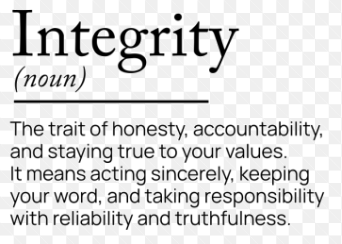
Integrity means doing the right thing even when no one’s watching. It’s the standard that keeps promises credible, communications honest, and leadership consistent. When integrity is lived, trust becomes your competitive edge.
Innovation as a core value invites employees to challenge the status quo. It encourages experimentation, learning from failure, and seeking smarter ways to deliver value. This mindset keeps your business adaptable in a constantly shifting market.
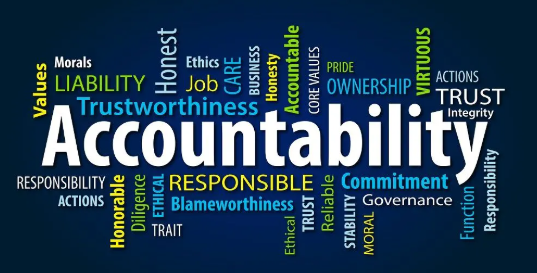
Accountability ensures everyone owns both results and mistakes. It creates clarity between roles, drives follow-through, and builds a culture where people take pride in delivering on commitments.
Empathy helps teams see beyond tasks to people. As a core value, it encourages leaders to listen actively, design processes with people in mind, and create psychological safety that fuels belonging and retention.

Teamwork turns shared goals into shared wins. In practice, it means open communication, mutual respect, and celebrating contributions across departments.
Transparency means communicating openly about goals, challenges, and outcomes in the organisation. It creates accountability and eliminates silos, ensuring everyone understands how decisions are made and how success is measured.
Open communication from leaders about wins and setbacks helps eliminate rumors and turns uncertainty into alignment.
Respect builds the foundation for trust and collaboration. As a company value, it means treating every opinion as valuable, honoring diverse experiences, and setting clear boundaries that support healthy communication.
Customer obsession means placing customer needs at the center of every decision. It encourages teams to listen deeply, act quickly, and constantly refine products or services to deliver meaningful impact.
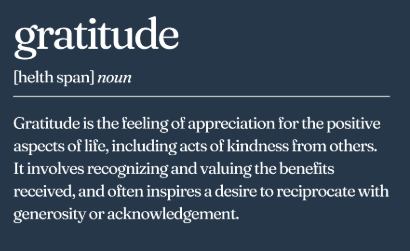
Gratitude as a company value means recognizing effort, not just outcomes. It’s about leaders and peers showing appreciation for contributions big and small in real time. When gratitude becomes part of daily culture, it boosts morale, strengthens relationships, and turns employee recognition into a shared habit that drives long-term engagement.
Create a culture where every voice matters and every background is valued. Inclusion fuels innovation, strengthens morale, and ensures people feel proud of where they work.
You can embed inclusion by weaving respect and equal opportunity into every meeting, decision, and recognition moment for every employee.
Continuous learning drives adaptability. It encourages employees to seek growth, learn from mistakes, and share insights openly. Companies that live this value build resilience and stay future-ready.

Courage in the workplace means speaking up, taking calculated risks, and challenging outdated norms. It empowers employees to innovate and helps leaders model transparency when navigating uncertainty.
Adaptability reflects a company’s ability to stay steady through change. It encourages teams to pivot quickly, embrace new tools, and view shifting priorities as opportunities to evolve rather than obstacles.
Ownership means helping employees feel like true team members, not just staff. When this core value takes root, everyone begins acting like a business partner rather than a participant. It builds accountability, encourages proactive problem-solving, and empowers people to take initiative instead of waiting for direction.
Excellence means pursuing mastery in every detail to create lasting impact. For companies, excellence represents high standards, continuous improvement, and pride in execution.
It’s about setting clear standards, celebrating craftsmanship, and continuously improving processes so the company never stops striving for better.
Resilience is the ability to recover, adapt, and keep moving forward after setbacks. It helps teams stay focused under pressure and strengthens morale in fast-changing markets. Companies that value resilience create stability without sacrificing speed.

Collaboration thrives when teams work toward shared goals rather than individual wins. It’s about communicating openly, breaking down silos, and respecting diverse expertise. Companies that live this value create alignment and efficiency without sacrificing creativity.
A growth mindset turns challenges into opportunities to learn. It encourages experimentation, feedback, and resilience. When leaders model this value, employees become more adaptable and confident in tackling new goals.
Sustainability reflects a company’s commitment to long-term impact. It means making conscious decisions about resources, partnerships, and processes that protect both people and the planet for future generations.
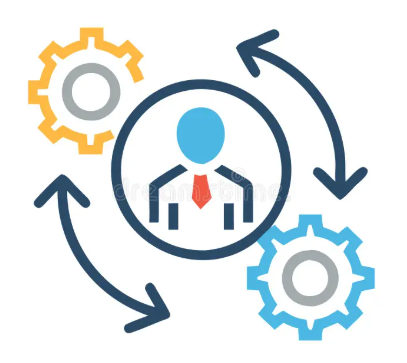
Agility as a core value keeps organizations fast, flexible, and responsive to change. It’s about adapting quickly, learning fast, and empowering teams to make decisions without bureaucracy slowing them down.
Health as a company value goes beyond wellness programs. It’s about designing work that supports physical, mental, and emotional energy. Companies that prioritize health create sustainable performance and reduce burnout.

Happiness at work isn’t about perks but about purpose. It means ensuring people feel valued, supported, and recognized for meaningful contributions. When happiness is a priority, creativity and loyalty naturally increase.
Loyalty means mutual commitment between the company and employee. It’s earned through fairness, respect, and recognition. Loyal teams show up, stay engaged, and advocate for the company’s mission even through change.

Compassion brings humanity into leadership. It means caring about people’s experiences and supporting them through challenges. Companies that lead with compassion create loyalty, lower turnover, and healthier workplace relationships.
Creativity drives innovation and differentiation. It means encourage people to think freely, test bold ideas, and collaborate without fear of failure. When companies make creativity a core value, they turn imagination into a strategic advantage.
These five global brands demonstrate how clear principles can shape culture, drive innovation, and sustain trust at scale.

Google’s company philosophy shows how innovation flourishes when decisions start with empathy for the user. Their structure encourages creativity, autonomy, and bold problem-solving values that any growing business can model.
Google’s Core Values Examples
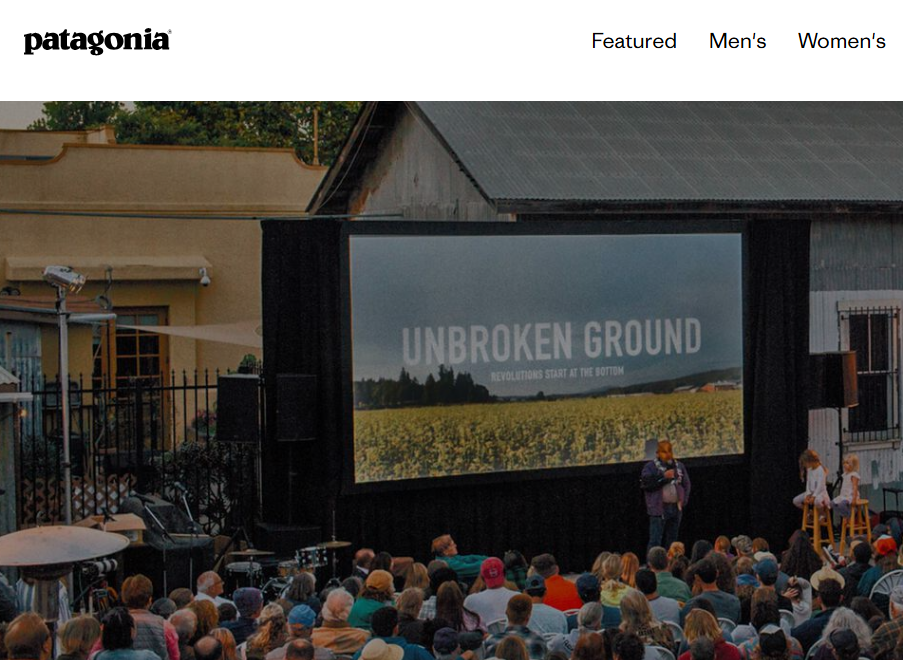
Patagonia’s core values prove that purpose and profitability can coexist. The company’s authenticity and environmental stance strengthen both brand loyalty and internal alignment.
Patagonia company values examples

Amazon’s leadership principles emphasize long-term thinking and customer focus. Their “ownership” mindset empowers employees to act like business owners, driving accountability, speed, and innovation across teams.
Amazon company Values (Leadership Principles)
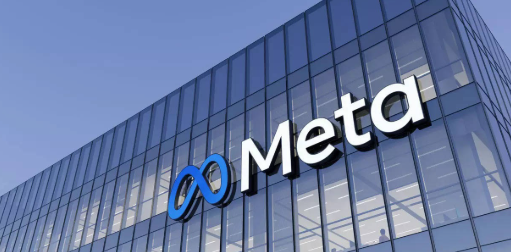
Meta’s company values reflect a bold culture built around speed, innovation, and transparency. Their direct communication principle helps teams align quickly in a fast-evolving industry.
Meta Business Values

Microsoft’s core values highlight how ethics and performance go hand in hand. The company’s culture reinforces integrity and curiosity as the foundation for innovation and growth.
Microsoft Values
Your organizational values quietly shape everything behind the scenes. They influence who you hire, how you lead, and how your team behaves when you’re not in the room.
Here’s a simple, proven framework to help founders define their company’s list of core values with clarity and conviction.
Ask yourself: Why did I start this company and what do I refuse to compromise on?
Your founding principles often hold the DNA of your culture. Values like transparency, integrity, innovation, or empathy usually trace back to a founder’s own leadership philosophy.
Values should be co-created, not dictated. Invite early employees or leadership peers to share what behaviors they believe define your best work. This process creates shared ownership and ensures your values reflect reality, not aspiration.
Avoid vague words like “integrity” or “excellence” without context. Instead, describe what each value looks like in action.
For example, “We act with integrity by communicating openly and keeping promises, even when it’s uncomfortable.” This approach makes values measurable and easier to reinforce in hiring and recognition.
Test each core value against decision filters. Put each one through real-world scenarios like hiring dilemmas, budget cuts, product changes.
If a value doesn’t influence how you act when trade-offs arise, it’s not embedded yet. Real values simplify hard decisions because they reflect what your company truly stands for when things get messy.
Values thrive when they’re woven into daily operations, not just meetings or mission statements. Integrate them into hiring questions, performance reviews, and recognition programs.
You can use Assembly to bring your values to life every day. The platform makes it effortless to spotlight employees engagement, track recognition trends, and see how your culture strengthens over time.
Defining your company values is only the first step. The real impact comes when you live them through every decision you make, every conversation you have, and every recognition you give.
When you lead by example, your team follows. They start showing up with the same energy, trust, and accountability you model. These principles shape the kind of company people want to join and stay with.
You can use Assembly to make that easier. Recognize people who live your core values, celebrate the right behaviors, and track how your culture strengthens over time. Over time, you’ll see your values transform from a written list into daily habits that strengthen your culture.
If you’re ready to build a workplace where values drive action, not just aspiration start with Assembly today.
Heading
Lorem ipsum dolor sit amet, consectetur adipiscing elit. Suspendisse varius enim in eros elementum tristique. Duis cursus, mi quis viverra ornare, eros dolor interdum nulla, ut commodo diam libero vitae erat. Aenean faucibus nibh et justo cursus id rutrum lorem imperdiet. Nunc ut sem vitae risus tristique posuere.
Heading
Lorem ipsum dolor sit amet, consectetur adipiscing elit. Suspendisse varius enim in eros elementum tristique. Duis cursus, mi quis viverra ornare, eros dolor interdum nulla, ut commodo diam libero vitae erat. Aenean faucibus nibh et justo cursus id rutrum lorem imperdiet. Nunc ut sem vitae risus tristique posuere.
Heading
Lorem ipsum dolor sit amet, consectetur adipiscing elit. Suspendisse varius enim in eros elementum tristique. Duis cursus, mi quis viverra ornare, eros dolor interdum nulla, ut commodo diam libero vitae erat. Aenean faucibus nibh et justo cursus id rutrum lorem imperdiet. Nunc ut sem vitae risus tristique posuere.
Heading
Lorem ipsum dolor sit amet, consectetur adipiscing elit. Suspendisse varius enim in eros elementum tristique. Duis cursus, mi quis viverra ornare, eros dolor interdum nulla, ut commodo diam libero vitae erat. Aenean faucibus nibh et justo cursus id rutrum lorem imperdiet. Nunc ut sem vitae risus tristique posuere.
Get the foundational knowledge on creating an employee recognition program that boosts employee engagement and helps them feel valued.
Explore Guide